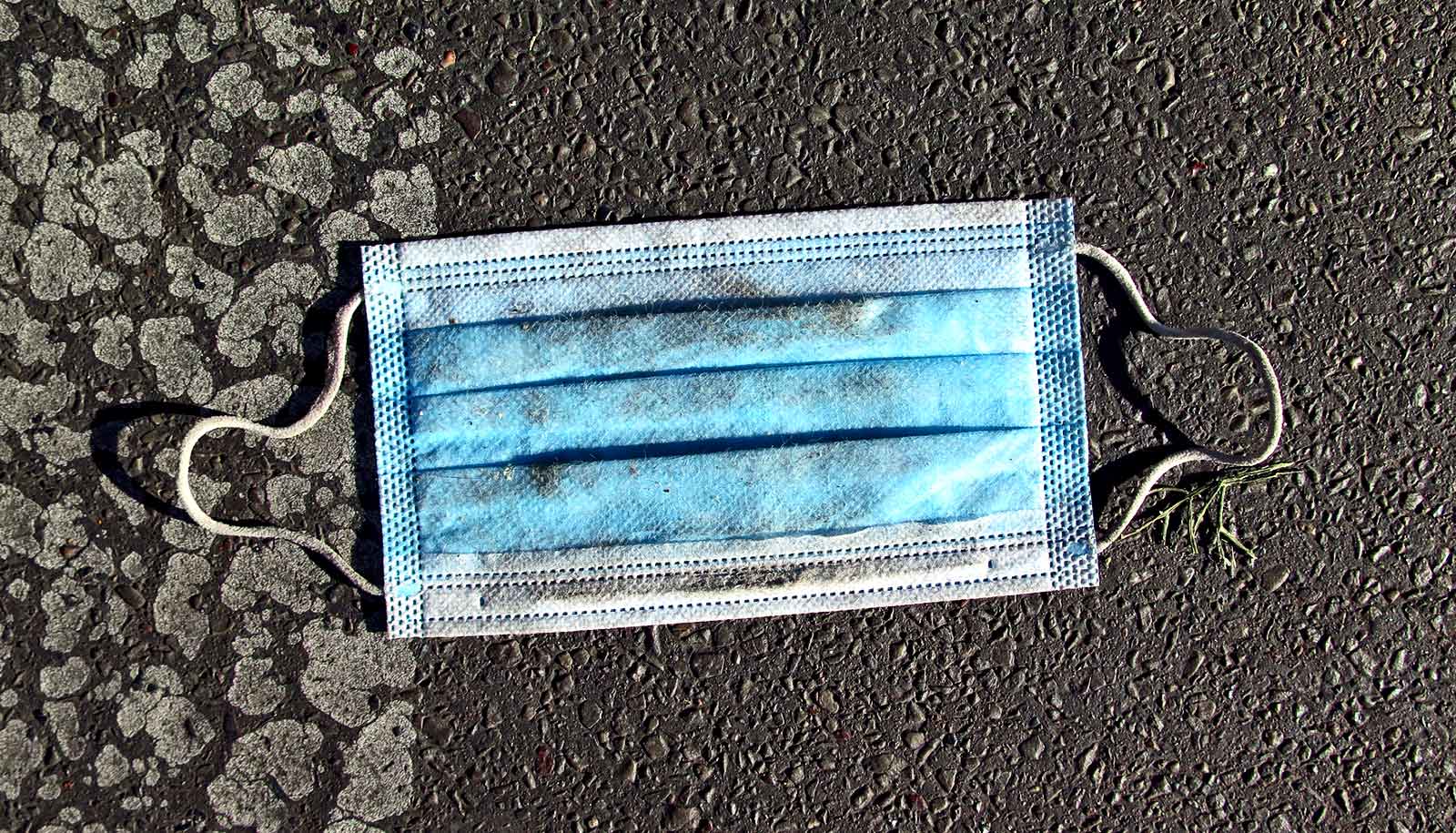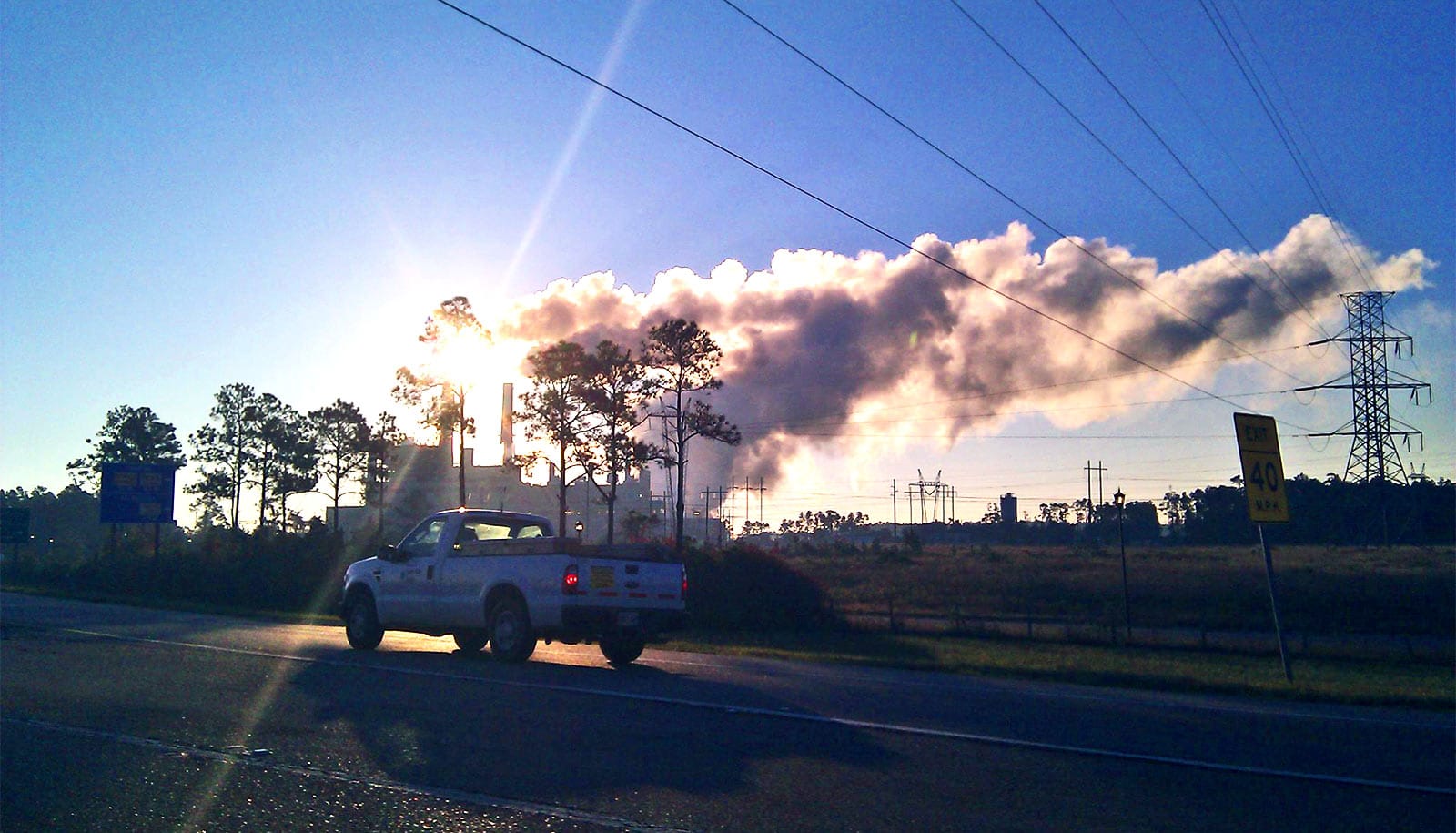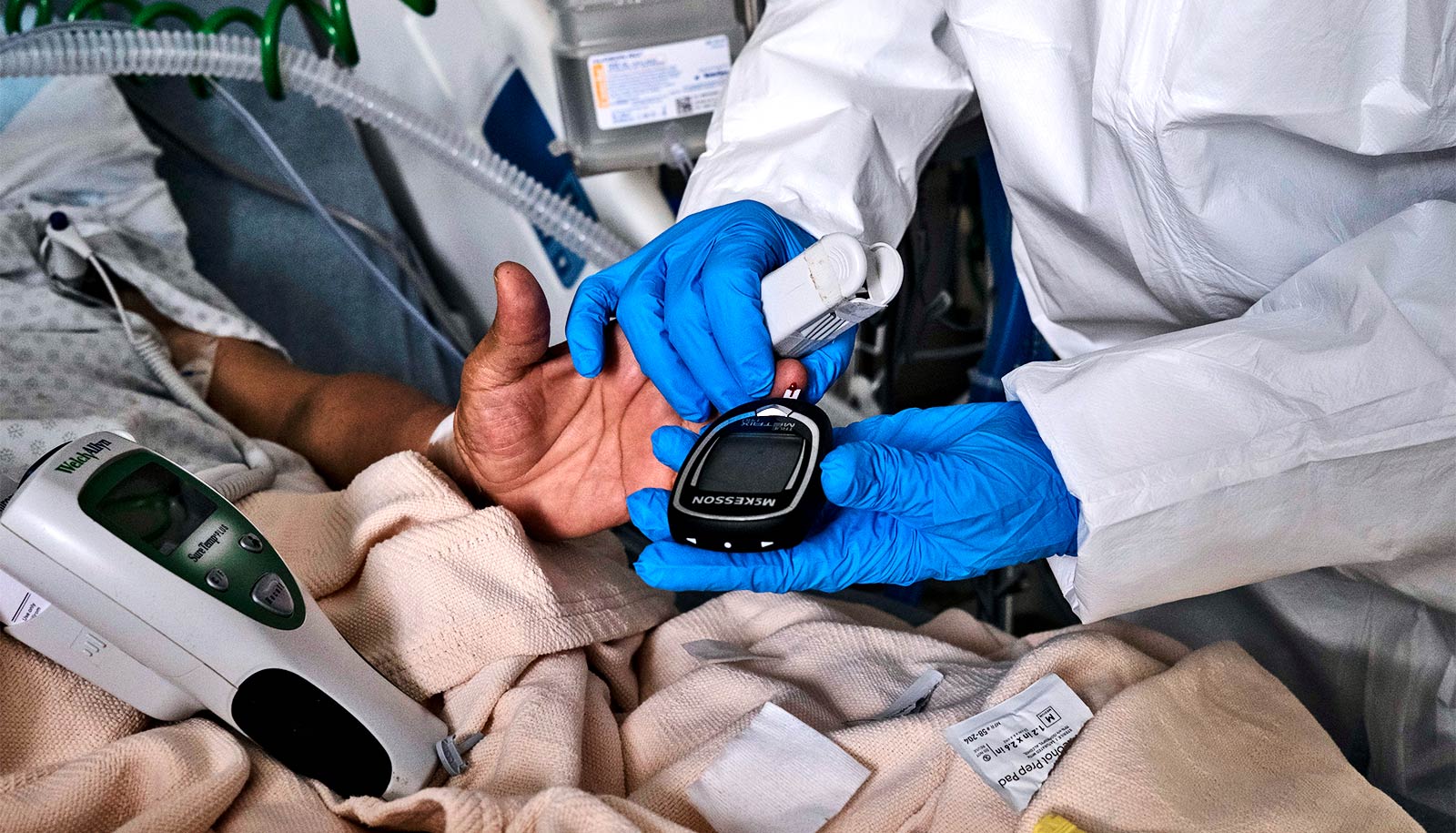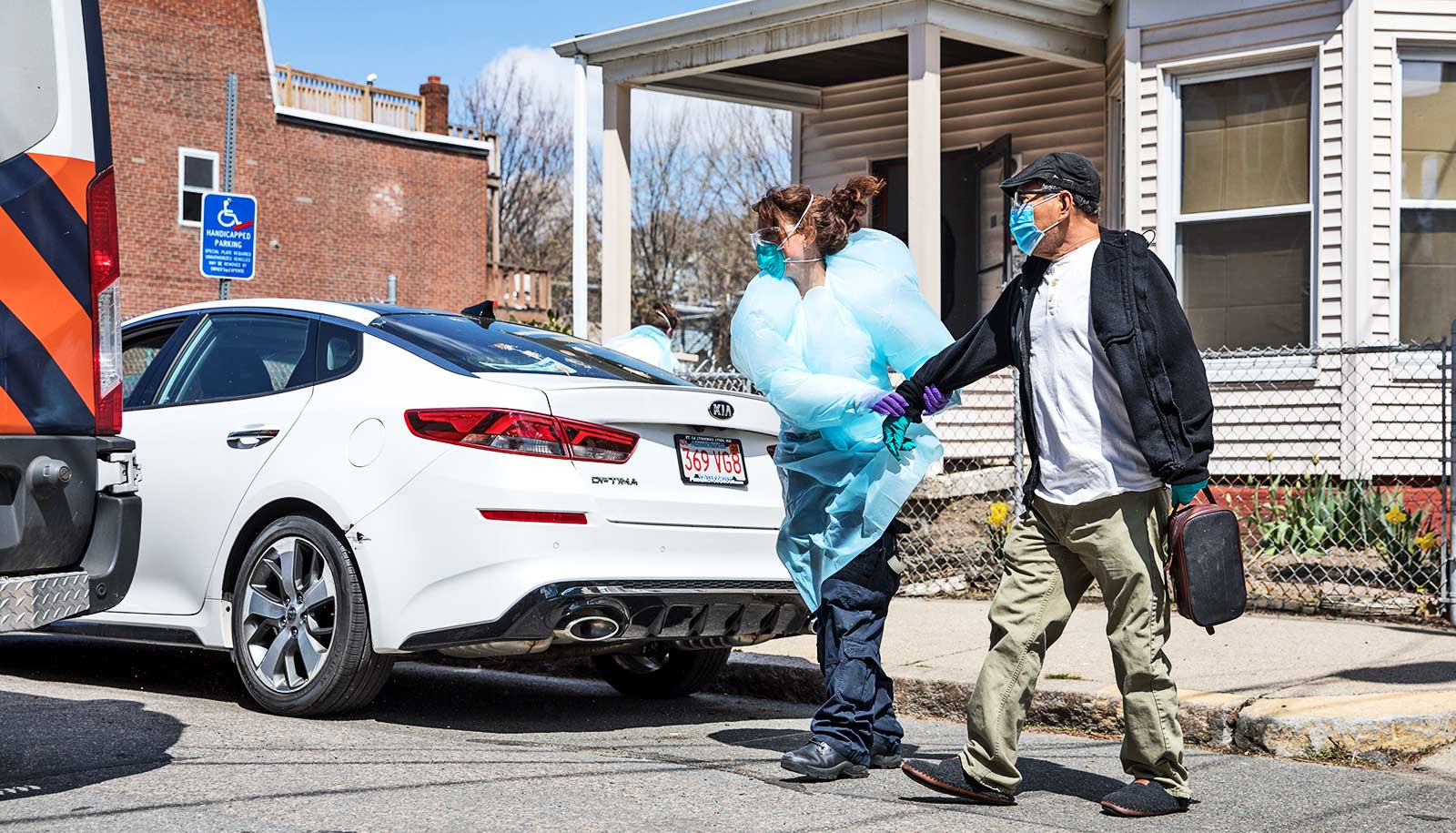Contemporaneous exposure to air pollution may influence the severity of COVID-19 illness and increase the likelihood people will die from the disease, a new study shows.
Researchers examined daily air pollution data collected from US Environmental Protection Agency (EPA) monitoring stations across the United States as well as COVID-19 mortality and caseload data from the Johns Hopkins University Center for Systemic Science and Engineering.
The study harnesses plausibly random changes in wind direction, which lead to large fluctuations in air pollution, to assess the relationship between air pollution exposure and COVID-19 caseload and mortality.
The researchers used cell phone data and state-level policies adopted to curb the spread of the virus to control for social distancing measures. The findings show that between January 22 and August 15, decreases in contemporaneous exposure to fine particle air pollution linked to decreases in confirmed COVID-19 cases and decreases in mortality.
“Local governments are weighing the trade-offs between reopening the economy and minimizing the toll of COVID-19,” says Stefano Carattini, assistant professor of economics at the Andrew Young School of Policy Studies at Georgia State University. “Our paper shows that by keeping current air pollution low, it’s possible to help offset the disease burden created by reopening.”
Air pollution levels in the US have not decreased significantly during the pandemic, despite the concurrent increase in remote work and decrease in travel.
“For the past few years, the US has deregulated facilities that are responsible for large amounts of emissions,” says Carattini. “During the pandemic, these facilities were exempt from reporting their levels of emissions to the EPA, and other research has shown that this has increased pollution levels around those facilities.”
The effects of air pollution on COVID-19 mortality are relatively large, according to the study. A decrease of one microgram of particulate matter per cubic meter of air (one microgram equals one-millionth of a gram) is sufficient to almost immediately reduce the number of newly confirmed COVID-19 cases by 2% and the number of deaths by 3 to 5%.
The researchers suggest a number of policy changes that could help reduce levels of fine particles and improve COVID-19 outcomes.
- At the federal level, reinstating EPA regulations may reduce air pollution by large emissions producers.
- States can limit non-essential travel and encourage continued teleworking.
- Local governments can regulate vehicle emissions by moving forward with congestion fees or tolls to limit traffic or using their cleanest bus fleet, especially if buses are not running at full capacity.
“We know that policymakers have no room to change past exposure to pollution,” Carattini says. “But they have power to change the current conditions and the future.”
“The paper’s findings also help to explain the fact that some socioeconomic groups have been disproportionally impacted by the COVID-19 pandemic,” says coauthor John Gómez Mahecha, a PhD student at the Andrew Young School.
“These groups, indeed, are known to be more likely to be living in areas where exposure to pollution, including fine particulate matter, is higher.”
Source: Georgia State University



